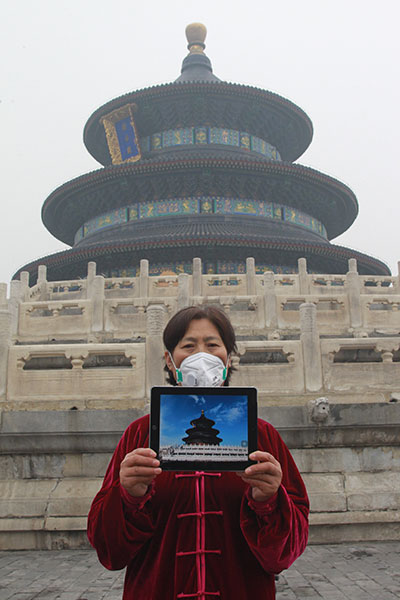Pollution likely to be at its worst on Wednesday, remain hazardous for days

Heated debate raged among Chinese experts on Wednesday over why severe pollution is being seen more frequently in China.
As dense smog continued to shroud Beijing, most experts blamed the widespread use of low-quality coal for home heating during winter-on top of heavy industrial discharges and vehicle emissions.
Dense smog was affecting northern areas of the country, crippling industry and transportation and affecting more than 300 million people.
The smog is expected to reach its worst levels on Wednesday before beginning to lessen later in the week, but will probably remain hazardous until Saturday, the Ministry of Environmental Protection said.
Apart from Beijing, Dingzhou and Xinji in Hebei province have also issued red alerts-the highest-for the first time. Lower-level alerts have been issued in Tianjin and in other parts of Hebei, as well as Henan, Shandong and Shanxi provinces. Tianjin is under an orange alert, the second-highest level.
Another 27 cities have raised local alerts, including Shijiazhuang, Zhengzhou, Jinan and Taiyuan, the capital cities of the four affected provinces.


















































